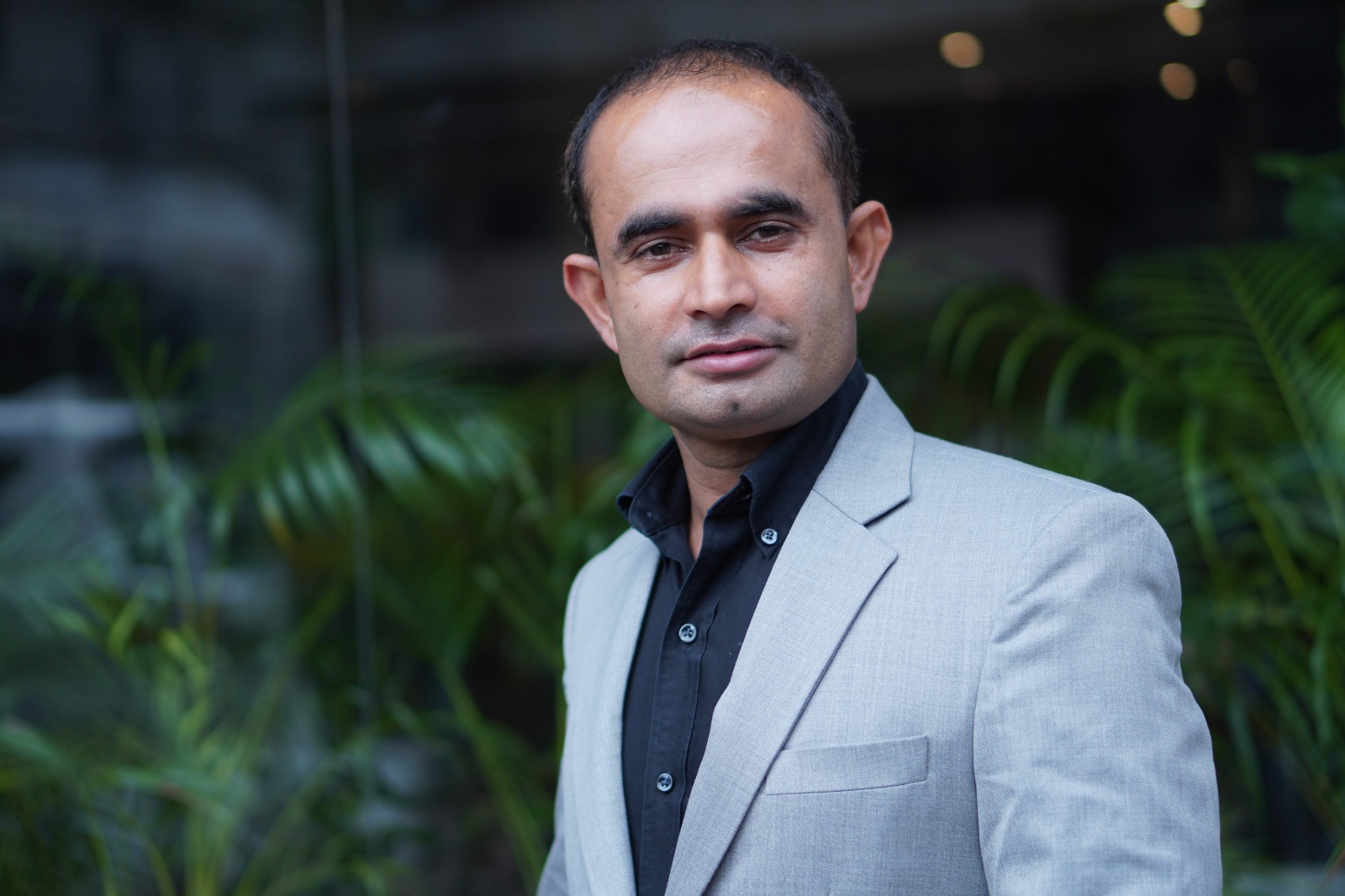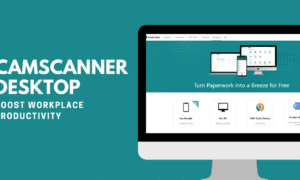Introduction: In a World Full of Noise, He Chose Clarity
Fintech is often celebrated for its disruption—fast pivots, futuristic interfaces, and rapid funding cycles. But for Sabeer Nelli, the founder and CEO of Zil Money, success didn’t come from being loud. It came from being clear.
From managing fuel stations in rural Texas to building a fintech platform that now processes over $91 billion in transactions, Sabeer’s journey is anything but typical. He didn’t study Silicon Valley trends or mimic unicorn playbooks. He simply paid attention to one thing: the real, messy lives of small business owners trying to make their payments work.
And where others built complex layers of digital finance, Sabeer stripped it all down—to something functional, dependable, and refreshingly human.
Back to the Beginning: Why Simplicity Mattered Most
Sabeer’s first business wasn’t a startup. It was Tyler Petroleum, a chain of gas stations that demanded operational discipline and round-the-clock logistics. In those early years, he managed real cash, real schedules, and real stress.
Late payments meant angry vendors. Missed payrolls led to nervous employees. Manual reconciliations devoured time and mental bandwidth.
“I didn’t need smart tech,” he once shared. “I needed clear tech.”
This perspective planted the seed for Zil Money—not as a flashy fintech product, but as a system that brought order to chaos. Where traditional finance introduced complexity, Sabeer envisioned clarity.
Simplicity as a Strategic Weapon
Zil Money didn’t enter the market with a bang. It entered with a purpose: to make payments easier for those who needed it most. Entrepreneurs. Bookkeepers. Office managers. People who weren’t tech-savvy but had responsibilities they couldn’t afford to fumble.
While many fintech platforms prioritize engagement metrics, time-on-site, and “sticky” features, Sabeer asked a different question: “Can this task be done in under 60 seconds?”
This question shaped everything from UI design to feature rollout. Drag-and-drop check editors. Instant ACH setups. One-click payroll. Real-time status updates.
The result? Tools that users don’t need to think about—because they just work.
The Invisible Power of User-Centered Design
Sabeer’s approach wasn’t just to build what looked good on a demo. He built what felt good to use. And that required walking in the customer’s shoes.
- What does a business owner feel when payroll is due, and their bank funds haven’t cleared?
- How does it feel to mail a check manually in the middle of a busy workweek?
- What’s the cost of a platform that breaks when you need it most?
These questions informed every decision. Zil Money wasn’t designed for user acquisition—it was designed for user relief. Features like payroll-by-credit-card were born directly from Sabeer’s own cash-flow challenges during his time at Tyler Petroleum.
That’s the difference: this platform wasn’t imagined in a lab. It was shaped in the field.
Growth Without Gimmicks
One of the most remarkable aspects of Zil Money’s journey is its lack of hype. No major ad campaigns. No celebrity brand ambassadors. Just consistent growth—driven by referrals, retention, and trust.
Sabeer built his company on four invisible foundations:
- Transparency – No hidden fees or fine print.
- Security – Compliance with SOC, PCI DSS, HIPAA, and more.
- Stability – Architecture that scales without failing.
- Responsiveness – Real support, not chatbots or waitlists.
While competitors raced to become “the next big thing,” Sabeer quietly built the next reliable thing. That difference earned him the loyalty of over a million users.
Practical Advice for Founders: Design for Trust, Not Just Traffic
Sabeer’s philosophy can be distilled into a few key principles that any entrepreneur—especially in fintech—can apply:
- Start with clarity: If your user can’t explain your product in one sentence, it’s too complicated.
- Build for outcomes, not engagement: A great product gets used when needed, not when nudged.
- Don’t copy, listen: Your best roadmap is buried in customer support tickets and feature requests.
- Make technology invisible: The best tools disappear behind the job they’re helping someone get done.
- Grow from reliability: Users won’t share flashy software—but they will evangelize dependable ones.
These aren’t tactics. They’re disciplines—ones Sabeer practiced long before he wrote a single line of fintech code.
Relatable Story: The User Who Could Finally Sleep
One Zil Money customer—a small business owner running a cleaning service—once told the support team that the platform “saved her from quitting.” Every month, she’d scramble to meet payroll, wait on bank transfers, and panic over late checks.
With Zil Money’s pay-by-credit-card and instant ACH, her cash flow smoothed out. More importantly, her anxiety dropped. She said she could finally sleep without worrying about the next payment hurdle.
That kind of story doesn’t go viral—but it sticks. It’s the quiet win that powers sustainable growth.
Conclusion: Why the Quiet Builders Win the Long Game
In a tech culture that often rewards noise—big rounds, bold claims, and viral features—Sabeer Nelli is a refreshing anomaly. He chose clarity over clutter. Usefulness over vanity. Quiet results over loud promises.
His story isn’t about getting lucky or timing a trend. It’s about decades of observing problems, solving them with care, and trusting that good tools will earn their place.
Today, Zil Money stands not just as a successful company, but as proof that you don’t need to shout to be heard—you just need to help, consistently and clearly.
For any entrepreneur wondering whether it’s better to be big or useful, loud or lasting, Sabeer offers a powerful answer:
Be clear. Be helpful. And the rest will follow.
Read More From Techbullion



































